These are the wildflowers most likely to attract butterflies and pollinators, say garden experts
These are the flowers you should be planting if you want butterflies and pollinators stopping by this summer.
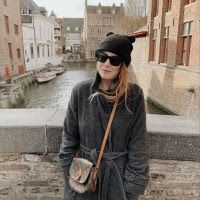
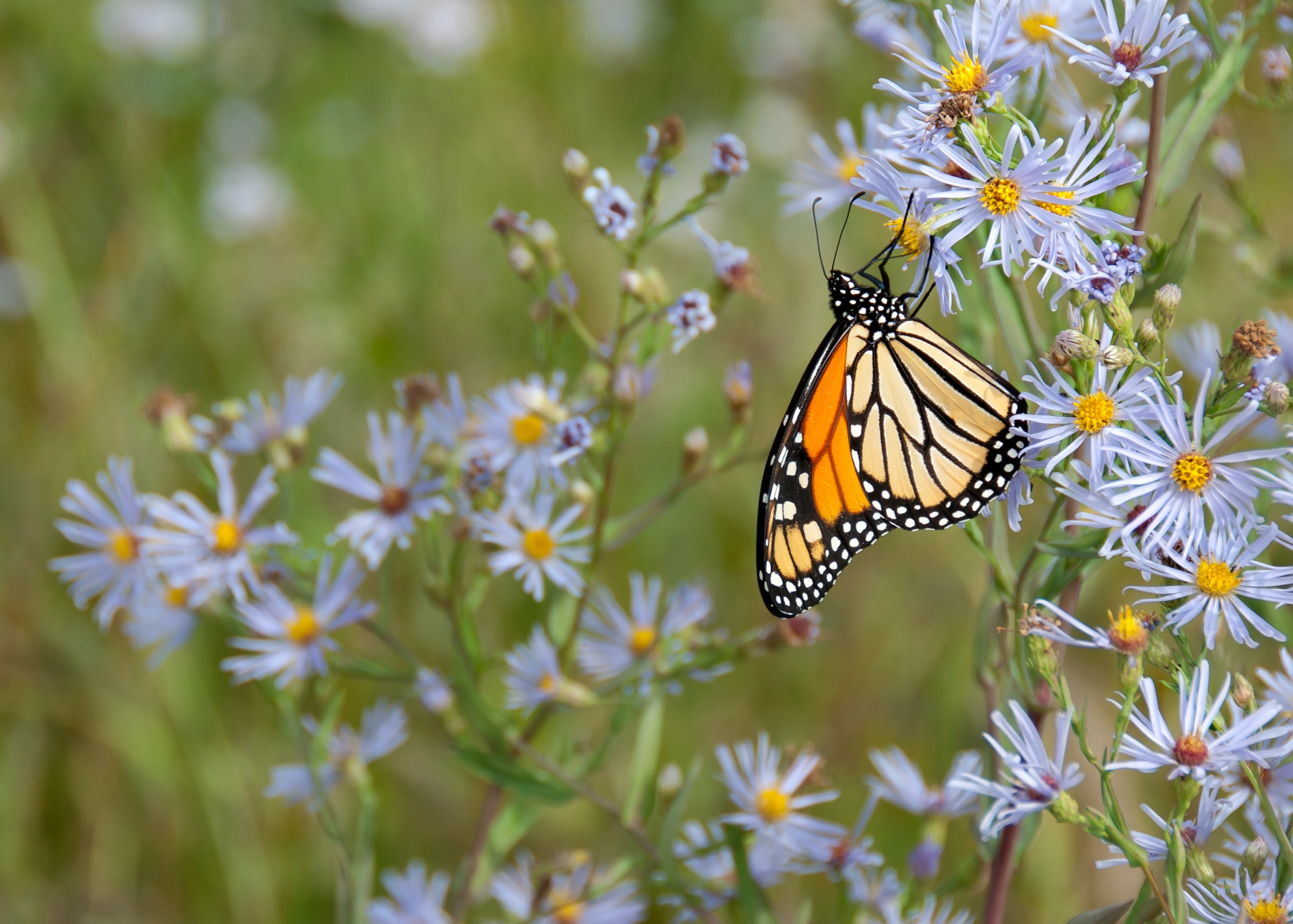
Everybody wants a garden full of beautiful visitors come summer time—but a backyard full with butterflies and honey bees typically doesn’t just happen by chance. That said, attracting butterflies and other pollinators to your outdoor space is surprisingly simple—if you have the time and patience to plant a pollinator-friendly garden.
“One of the most useful tips that will help you attract pollinators, including both bees and butterflies, is to go native,” explains Bryan Mckenzie, Landscape Designer and Co-Founder of Bumper Crop Times. “Make research to figure out that plants are native to your region and what pollinating species they attract.”
Not sure which plants are native to your region? Thankfully, there are a handful of excellent wildflowers that act as a powerful magnet for bees and butterflies—no matter where in the country you’re located.
Below, we spoke to landscaping and gardening experts to get their insights on the best wildflowers most likely to attract butterflies, bees, and other pollinators. Not only will these colorful flowers add some visual interest to your yard, they’ll help pollinators along the way.
- Keep reading: The best backyard ideas -- how to make your outdoor space your favorite place to hang this summer
Bee Balm (Monarda)
According to Mckenzie, this bright grassy perennial flower has a load of benefits. “Not only does it attract a lot of bees, it’s also beautiful and can be used to make tea, oxymel, and vinegar,” he shares. “It’s most effective for attracting bees in the eastern US and Canada, where it grows natively on patches of sandy soils. In fact, it is a close relative of mint and it inherited the strong herbal smell of the leaves, which makes them so useful for various receipts.”
Clover (Trifolium)
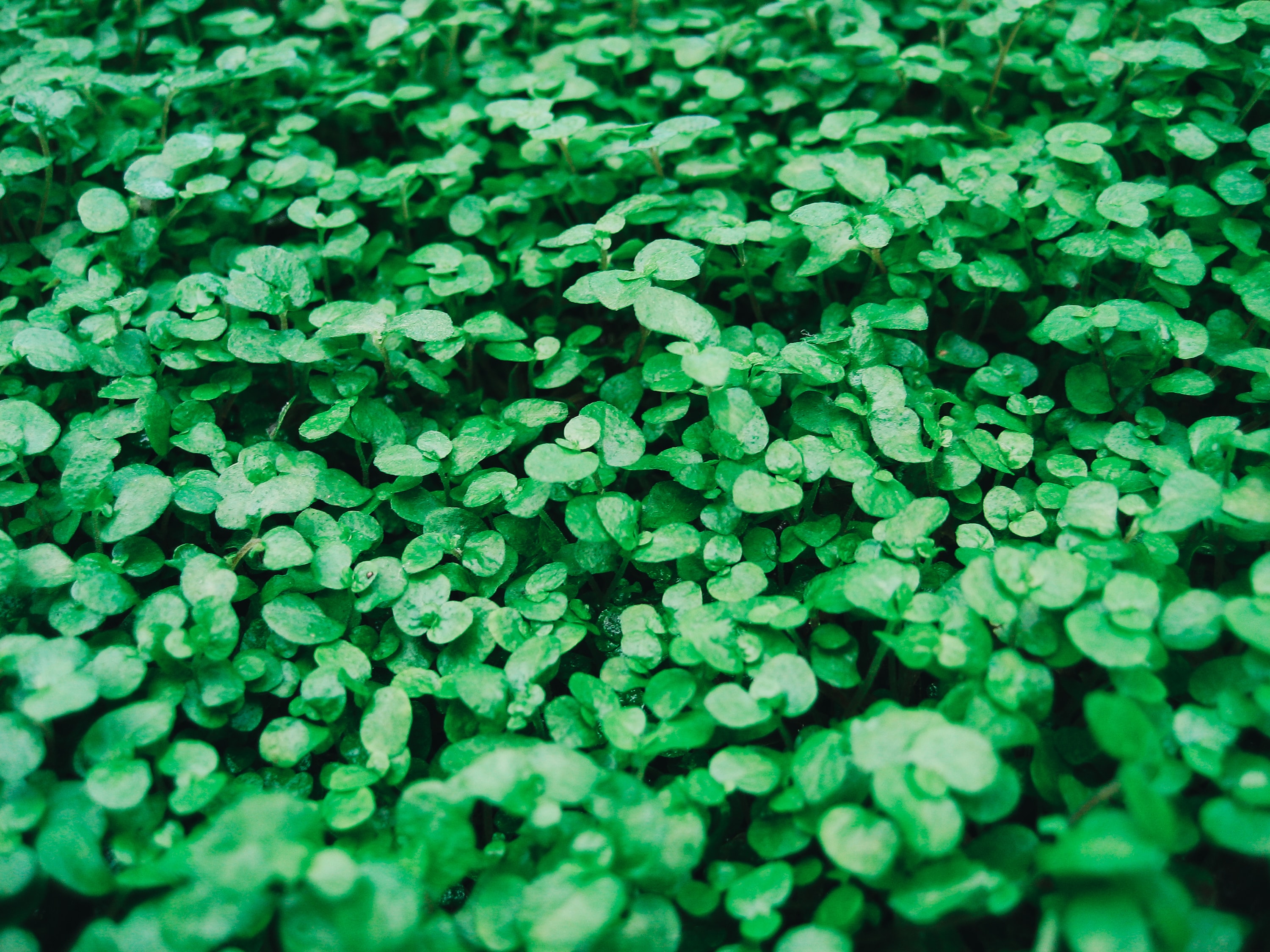
“Clover is a great alternative to average lawn grass. It can survive droughts, compacting, and even lack nutrition (it’s actually able to feed itself!),” says Mckenzie. “The root system of clover is highly competitive to various weeds, so it’s preferred in areas prone to infestations. At the same time, clover flowers attract both bees and butterflies.”
- Keep reading: 15 window box ideas for creating interest every season
Butterfly Weed (Asclepias)
Don’t worry about the word “weed”—it’s the common name of this flowering plant! “Asclepias is a latex milkweed perennial that is considered one of the most complex flowers of all,” shares Mckenzie. “In the US, Asclepias, as well as other milkweeds, are considered an important element of the pollinating cycle as they attract multiple species, including honeybees, butterflies, and many more.”
Get small space home decor ideas, celeb inspiration, DIY tips and more, straight to your inbox!
Lavender
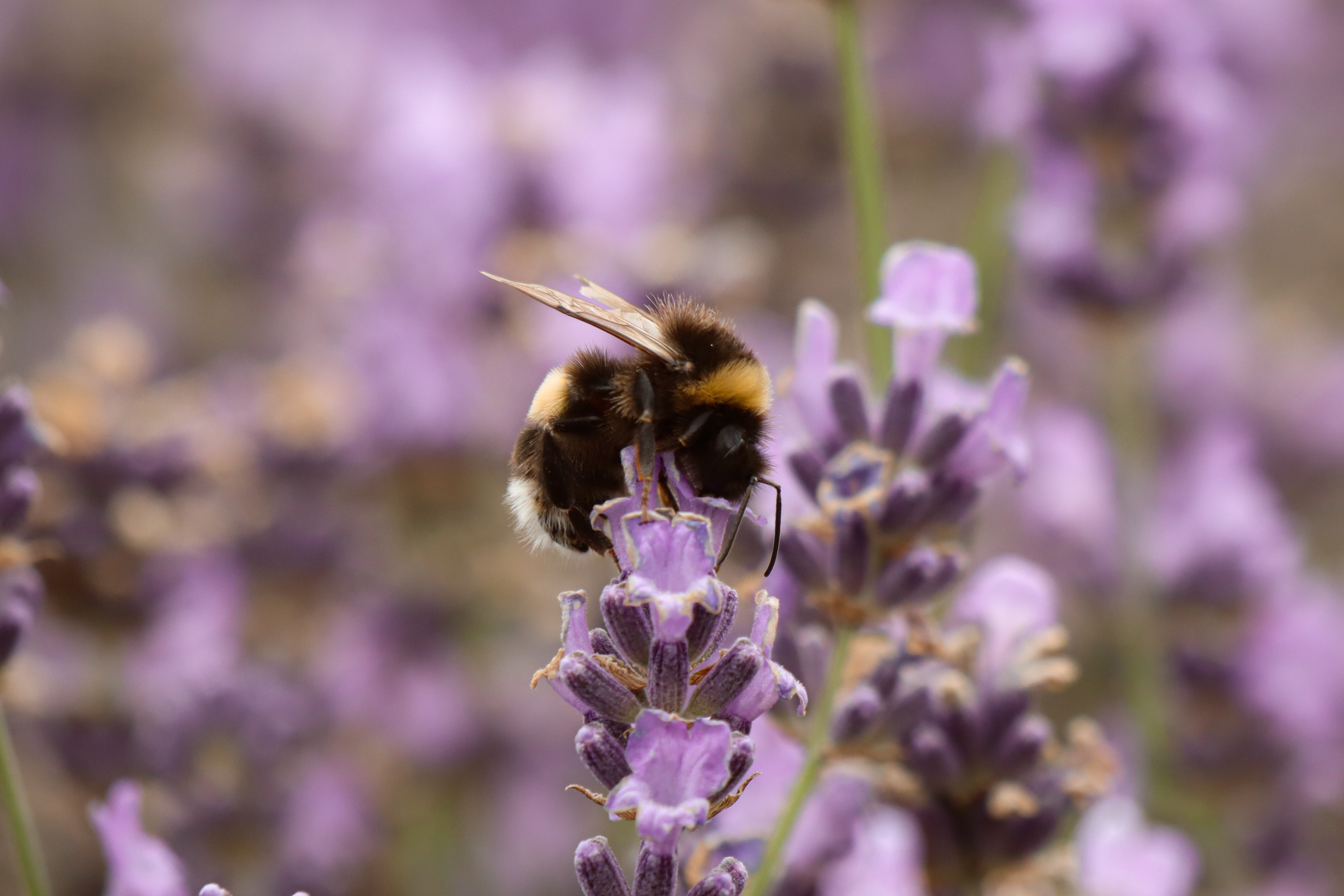
When it comes to attracting bees and butterflies, Jeremy Starke, gardener and landscaper at Green Thumb Gardener says lavender is one of the favorite flowers. “Lavender also brings other beneficial insects to your garden,” says Starke. “Lavenders are easy to grow and take care of, they are drought resistant and can take a lot of heat. All they require is a well-drained soil and good sunlight.”
- Keep reading: How to grow a wildflower meadow
Aster
“A great flower to attract pollinators to your garden is Aster,” shares Starke. “They have star shaped flower heads, purple in color to add a look of beauty to your gardens, but they also attract a lot of bees and butterflies to your garden to make pollination possible.”
After planting Asters, Starke says that you must water them regularly in summers and pinch them back in winters. Aster is the kind of flower that falls off in the winter months and later grows back. Too much moisture, or too little moisture can cause Asters to lose their lower foliage and prevent them from flowering properly. “In such a case change your watering method,” says Starke.
Butterfly Bush (Summer Lilac)
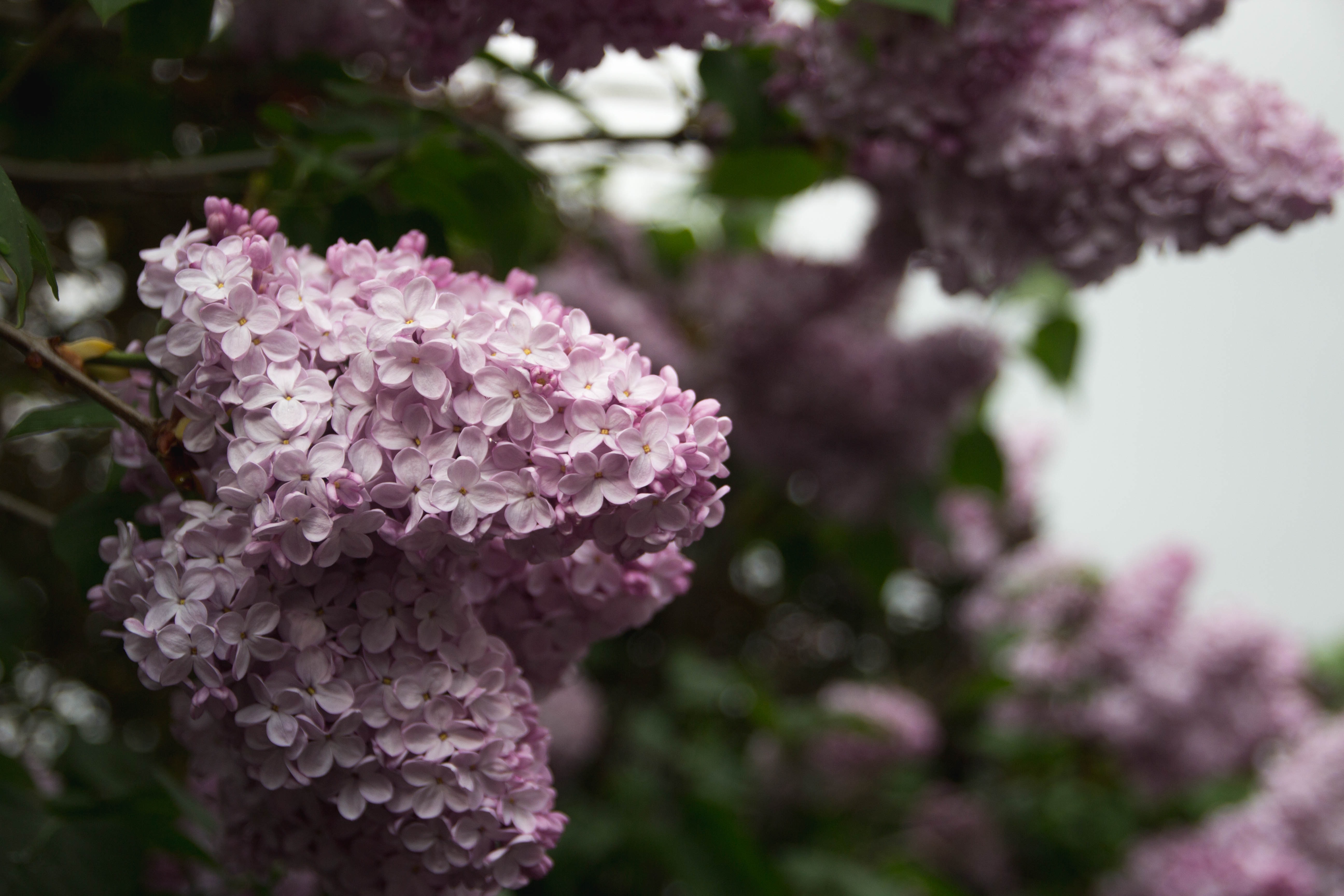
Butterfly bush may be one of the best flowers that attract pollinators like butterflies and bees—but they’re also extremely pleasant for humans thanks to the unmistakable Lilac scent and beautiful pastel colorways.
Likewise, the reason these flowers attract butterflies and bees is because they have a pleasant fragrance that spreads all over in summer and spring seasons. “Butterfly bush trees grow tall and have a greater circumference, allowing them to spread the fragrance more and in a greater diameter,” explains Starke. “This is why these trees attract pollinators more and help in pollination.”
- Keep reading: How to create a wildlife garden
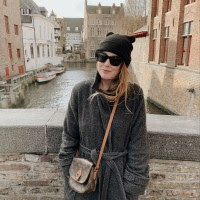
Kaitlyn is an experienced travel and lifestyle writer with a keen interest in interior decorating and home optimization. An avid traveler, she's currently splitting her time between her apartment in a century-old châteauesque building in Montreal and her cozy chalet in the woods (that she built with her own two hands... and many YouTube tutorials!). Her work has been published in Travel + Leisure, Tatler Asia, Forbes, Robb Report Singapore, and various other international publications.